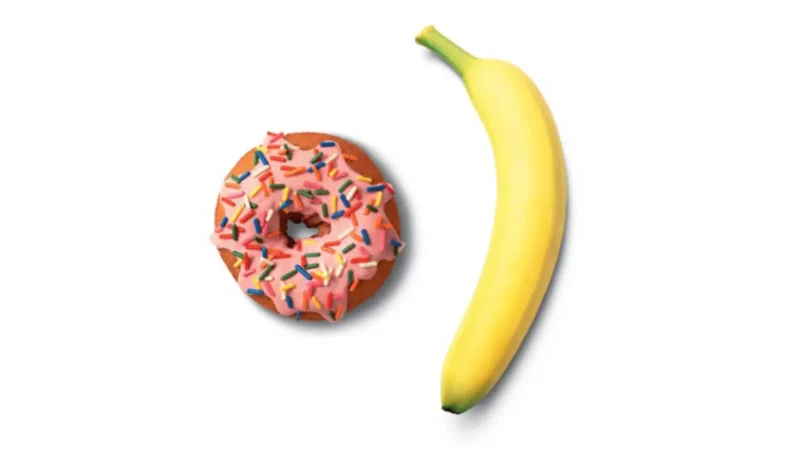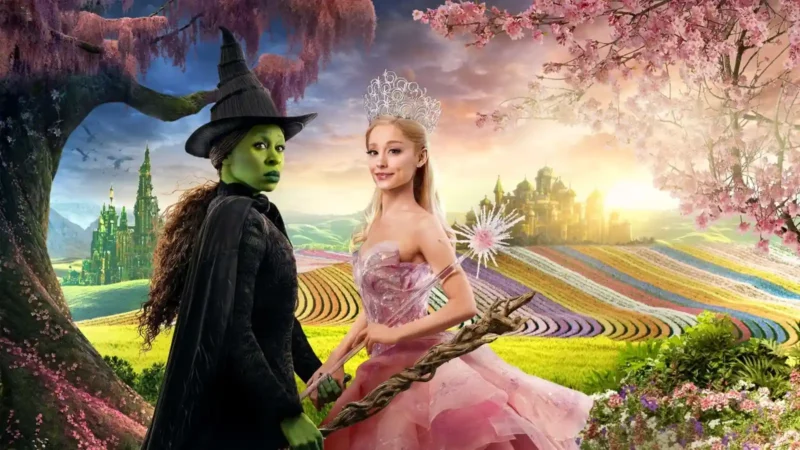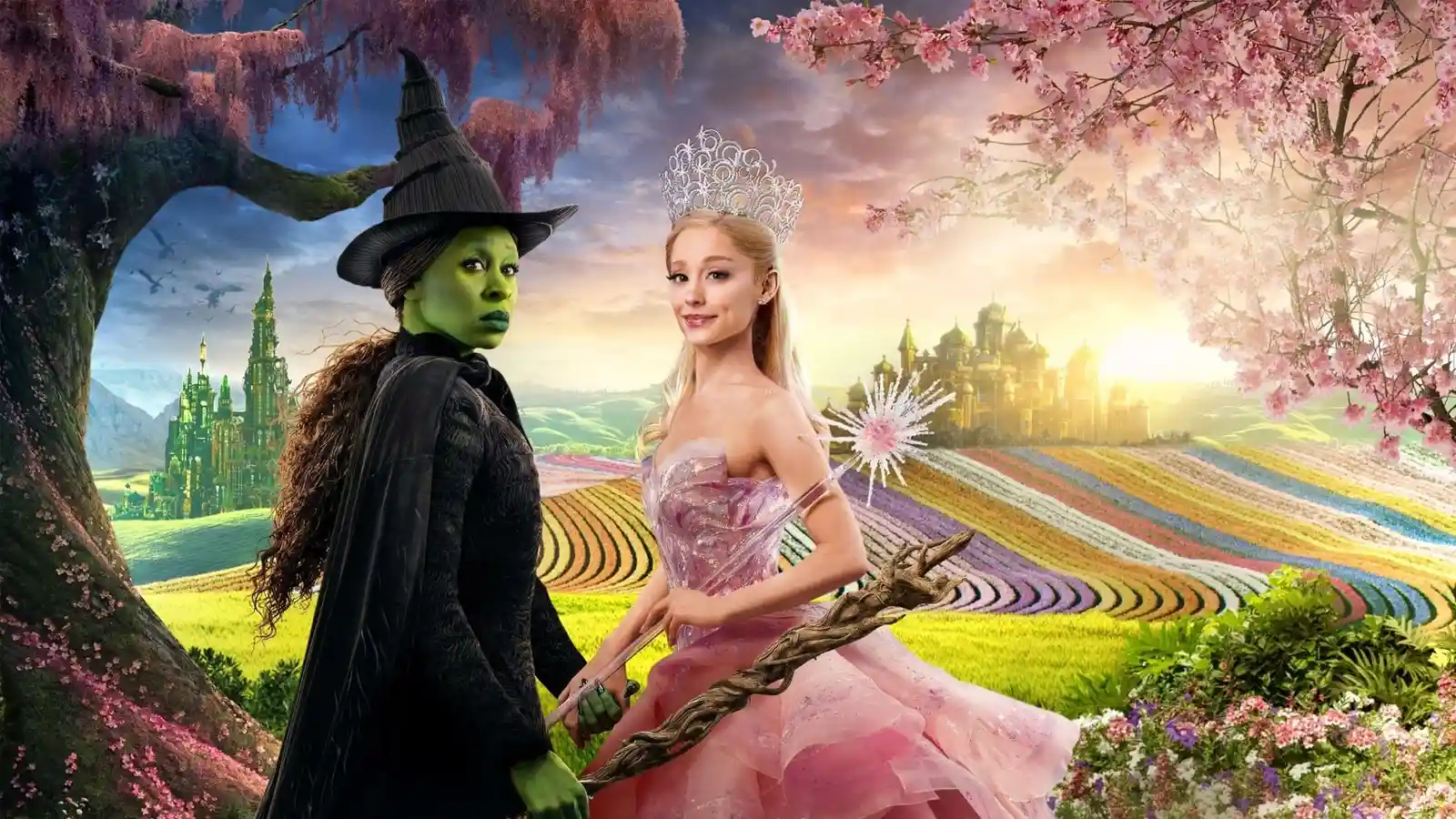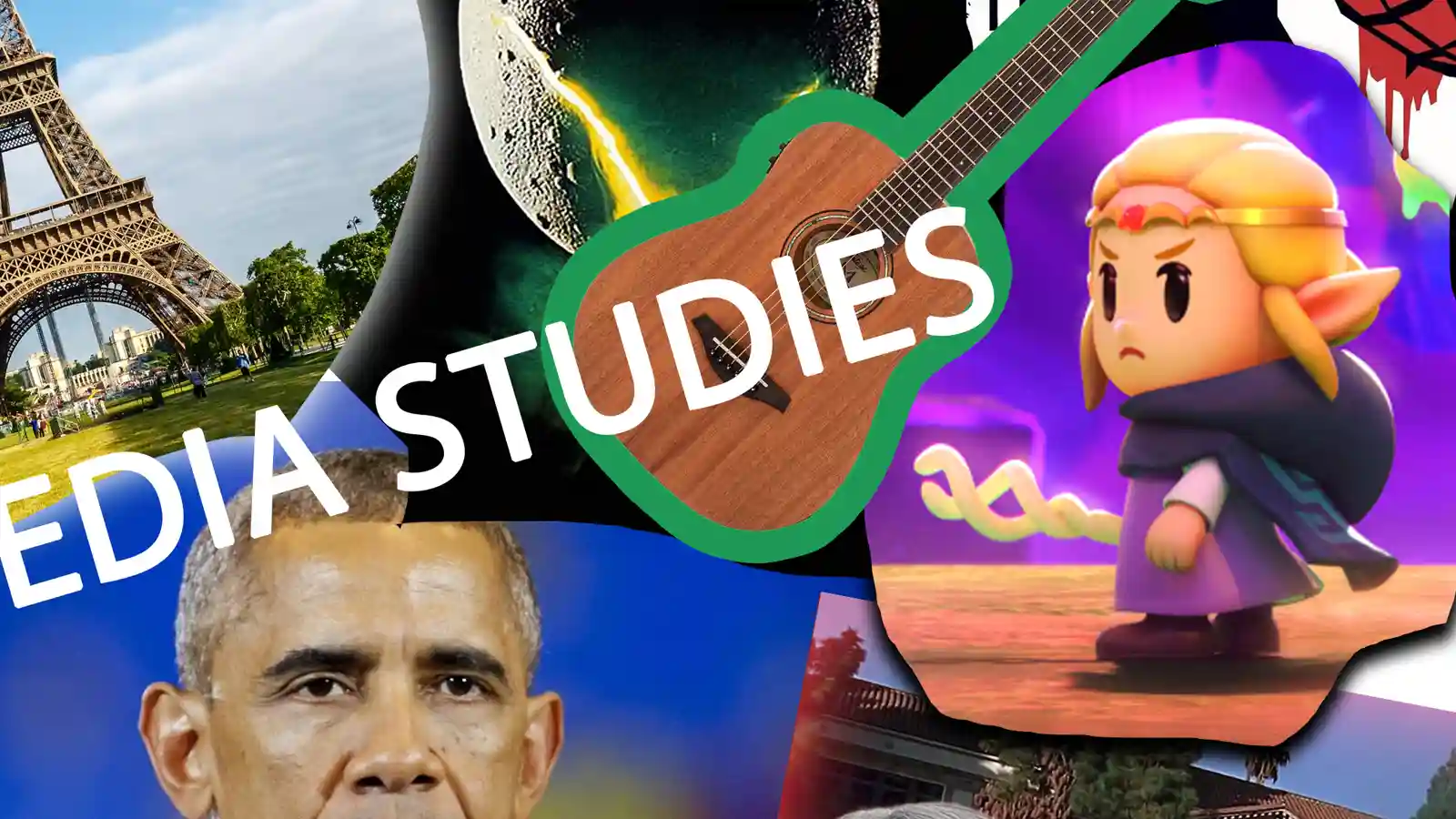Denotation and Connotation
Develop your understanding of how signs can communicate different levels of meanings.
Introduction
Denotation is the literal and direct meaning of a sign, such as the dictionary definition of a word. Connotation is the extended set of values associated with a sign. For example, the signifier home denotes the place you live and is often used to connote family and a strong sense of belonging.
The ![]() emoji denotes the hot flames of a fire, but you might use the image in a message to connote your excitement or desire. Its meaning depends on the conversation.
emoji denotes the hot flames of a fire, but you might use the image in a message to connote your excitement or desire. Its meaning depends on the conversation.
Even clothing can produce a second level of meaning. White lab coats connote medical authority and trust because scientists use them for protection against chemical spills and contagions. People wear suits to work to connote their professionalism and status.
Analysing the different levels of meaning is an incredibly useful approach to studying media texts. It can help us evaluate the hidden assumptions in their messages and explain why audiences come to different conclusions based on their personal experiences.
We are going to begin with some straightforward examples to demonstrate the difference between denotation and connotation and then explore the theoretical background to the signification process.
Contents
Super Mario
If you visit the official Nintendo site, you will see an image of Mario in the tab beside the page title. The favicon denotes the instantly recognisable character from the classic platform game, Super Mario Bros (1985). This is the first level of meaning.
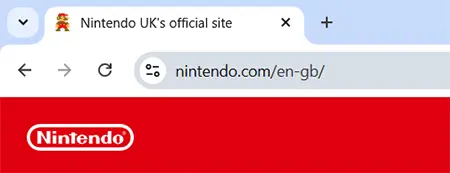
The company are also using Mario to communicate their brand identity quickly and effectively to the audience. The choice of character emphasises their heritage and expertise in the industry, reassuring consumers they will enjoy exciting adventures and family-friendly fun if they buy into the world of Nintendo. The 8-bit version also evokes nostalgia from older players who will have fond childhood memories of battling against obstacles in the game.
You might even take a negotiated reading if you think Mario is outdated and you prefer more complex graphics and gameplay. The denotation is fixed, but the second level of meaning will depend on the individual who is interpreting the sign.
American Politics
Political parties campaign on a wide range of complex issues and promises. They often struggle to get their vision across to voters, so they use logos to establish their identity and simplify their values into one accessible image.
The Republican Party in America relies on a stylised elephant to encode its ideology. The pictogram immediately denotes an elephant – the largest living land animal. At the connotative level, it invites the target audience to associate the strength and size of the elephant with the idea of Republicans as a powerful political force.

The Democratic Party wanted to represent the voices of ordinary hardworking Americans, so they adopted the donkey – a strong and determined animal more familiar to their target audience.
Both logos refer to the stars and stripes of the American flag which is an obvious connotator of national identity and patriotic duty.
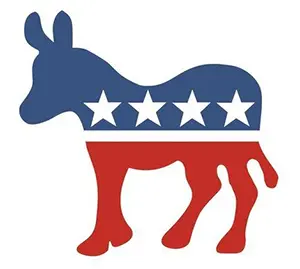
If you would like to know more about the interesting origins of the signs, Jackson Arn’s article for Artsy is well worth the read.
Positive and Negative Connotations
We need to look beyond the literal meanings of signs and analyse their connotations, especially when they are destructive and hurtful. Slim is a compliment. Skinny is an insult. Describing someone as smart is positive whereas nerd carries negative connotations despite them both denoting intelligence.
In our introduction to media framing, we discussed how journalists made deliberate choices when describing events and people in their reports. The use of positive language and flattering images encourage the audience to take a more optimistic reading of the text whereas sensationalist representations are designed to provoke and enrage.
Advertisers exploit positive and negative connotations when they want to position the consumer to buy their goods and services. Vintage and pre-loved clothes are more likely to sell for a premium compared items advertised as used and second-hand. Eco-friendly is trendier than low emissions. An adventure holiday sounds much more exciting than package tour.
The following advertisement promises the target audience a slimmer figure if they switch from unhealthy food to nutritious bananas. In terms of denotation, the breakfast muffin, donut and banana point directly to the food in real life. They are referents.
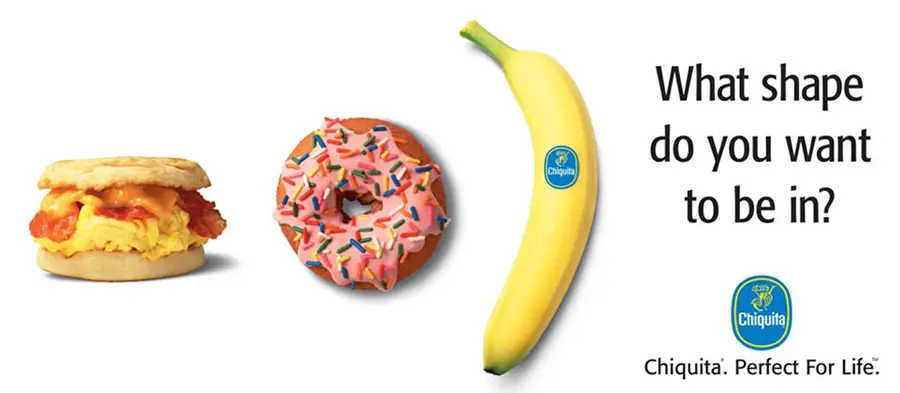
We are increasingly aware of the importance of a balanced diet, so the muffin and donut are used to connote unhealthy eating. The pink icing and rainbow sprinkles might also convey the mental concept of artificial flavours.
The question at the end of the sequence forces the viewer to reinterpret the signs and focus on their shapes. Their meanings are extended to become connotators of body shape with the banana being “perfect for life”.
Mass culture idealises the slim and slender body type, especially in advertising and on social media. This promotion for bananas plays on our insecurities and reinforces the myth that we need to look a certain way to be accepted. We need to challenge those assumptions encoded in the connotations.
The Theory of Denotation
Some signs are intended to operate on the first level of meaning. The symbols on your keyboard do not rely on cultural context or emotional resonance to be understood. They are functional and efficient. The same process is true with traffic lights: red denotes stop and green means go if the road ahead is clear.
In mathematics, the symbol + denotes addition. The meanings of the subtraction, division and equals signs are all fixed and stable. It is a strictly logical system.
There was more room for interpretation when the signs were used for album titles. Perhaps + connotes the early stages of Ed Sheeran’s career and his growth as a musician. This CD cover art combines the names of his first albums to emphasise his incredible success in the industry.
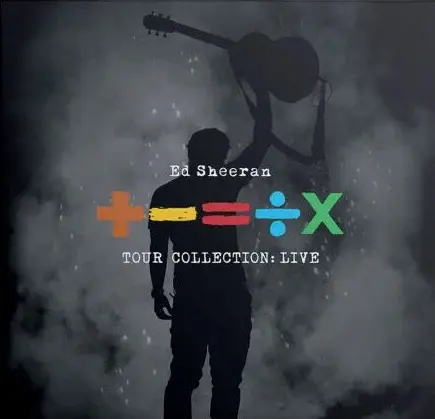
The famous equation e=mc2 denotes the relationship between energy, mass, and the speed of light in the universe, but it is regularly used in media texts to signify scientific thought and innovation. McDonald’s reworked the equation for an advertisement in 1998 to connote “brain food”.
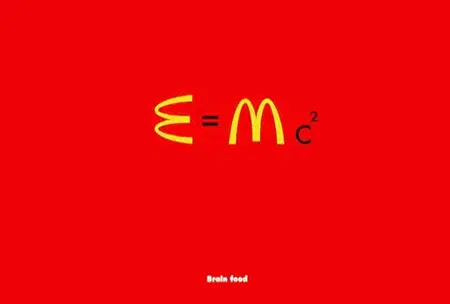
Computer icons are another good example of signs which work on the denotative level. The magnifying glass icon at the top of your screen takes you to the search function. That is its direct and literal meaning. The trash icon denotes the deleting of files and messages.
By using the magnifying glass and trash icons to exemplify the first level of meaning, we have given them a second level of meaning. They are now connotators of connotation.
It is difficult to limit signs to denotation because there is always a social and cultural context influencing in the production of meaning. Anyone can load neutral signs with connotations for creative and emotional impact. A banana is not always just a banana.
Signs inevitably reflect values and attitudes, so it is more appropriate to consider denotation a theoretical position that helps us understand how meaning is constructed.
Icon, Symbol and Index
Some students assume denotation is limited to the literal meaning of the sign and then mistake other definitions for the wider set of connotations. One way of clarifying the issue is to apply Charles Peirce’s classifications of signs.
For example, the pictogram of the donkey is an icon because it physically resembles the animal. That is the literal denotation of the sign. The donkey also functions as a symbol for the Democratic Party. This second denotation is fixed and stable because it is part of the American political discourse.
The official movie poster for Devil (2010) features a really effective mixed sign to grab our attention. On the first level of meaning, the reddish glow at the centre of the composition could literally point to an emergency light from inside the elevator (index), making the audience question what dangers are beyond the door. It also looks like an upside-down cross (icon). Crosses are a widely recognised symbol of Christianity so this representation is subverting the denotation.
The sign then connotes a malevolent, devilish force which will terrify the audience.

Signs acquire their denotations because they exist within an organised system: the meanings of words are standardised by the dictionary, the colours and shapes on road signs are defined by the Highway Code, and the marks on a staff line make sense if you learn to read music. A lot of the icons on your computer work because they resemble their function, such as the image of a printer on the screen denotes print. Other signs have a logical or factual relationship between the physical form and its denotation.
Connotations are produced when we read the signs according to our socio-cultural and personal contexts.
Staggered Signs
We have considered individual signs and their levels of meaning, but denotated signs can be grouped together to form a single connotator. Consider the difference between the two protagonists on this early boxset for Suits (2011). It is the combination of the tailored suit, white shirt, black tie, pocket square and polished shoes that connotes professionalism and success.
The addition of trainers and red tie connote a more rebellious approach to practising law because they are part of the overall outfit.

Rebranding Jaguar
Ferdinand de Saussure (1916) argued signs were a “bond” between a signifier (form) and a signified (concept). He also argued this relationship was arbitrary in language. Put simply, there is no reason why the word suit has to mean that type of clothing in the previous example.
It’s possible to communicate different connotations by changing the physical form of the sign while keeping the same signified. The car manufacturer, Jaguar, updated its logo in 2024 to a more geometric design.

Both versions encode the same mental concept – the luxury car maker. However, the older design featured a heavy, uppercase typeface to connote power and tough authority. The newer design is lighter and emphasises symmetry, especially the rotation of the letters j and r. The company wanted the brand to feel less aggressive because they were shifting their production to cleaner electric cars. The precision of the new logo connotes that sense of innovation and modernity.
Wrestling and Myth
Roland Barthes (1957) argued wrestling was a “spectacle” like theatre with each sign “endowed with an absolute clarity”. For example, the “physical type” of the wrestlers established their role in the story – the hero was lean and muscular whereas the “repugnant” villain had an “obese and sagging body”.

Consider Andre the Giant’s singlet. In terms of colour codes, black is used to signify his moral corruption. Although he had one strap for practical reasons, the asymmetry became an iconic signifier for the character’s villainy, especially when he used it to strangle his opponents.
The yellow and red of Hulk Hogan’s outfit echoed the colours of a superhero standing up for American values.
The performances in the wrestling ring are full of “excessive gestures” to be read and interpreted. By the end of the story, we are satisfied good will always triumph over evil. The signs are extended with these cultural values to create a “moral mechanism” teaching the audience the difference between right and wrong.
Expression and Content
Roland Barthes (1964) described signs as the “relation” between a “plane of expression” and a “plane of content”. The plane of expression (E) refers to the physical form of the sign, such as written text, symbols, gestures or anything else that can carry meaning. Content (C) is the meaning or concept they convey.
The system of denotation can be represented as E R C.
In this model of signs, the pictogram of the donkey is the expression, and our concept of the Republican Party is the content. The sign is the relation between the two planes.
We have already seen how signs can be extended to include wider meanings that depend on the context and our individual interpretations. Barthes argued this happened when the relation between expression and content became “a mere element” in a second system of signification. At the connotative level, the sign is now the plane of expression with a relation to a new plane of content. Barthes illustrated the process with a simple diagram:

Denotation is the first order of signification. Connotation is a second order signification which uses the denotative sign as its signifier. The two levels of meaning are labelled with the numbers 1 and 2.
In our previous example, the relation between the pictogram of the donkey and the political party becomes the expression in the second level of meaning and forms a relation with the concept of hard work and determination. It is now a connotator.

Although this staggered process suggests the denotation of a sign is the first and underlying meaning of the sign, Barthes (1973) later argued this was an “illusion”. He believed the denotation “pretends” to be the first meaning, but the first level is “no more than the last of the connotations”. In other words, denotation is just another connotation.
Semiotics can be tricky.
Bibliography
Barthes, Roland (1957) Mythologies. Trans. by Annette Lavers (1972). The Noonday Press.
Barthes, Roland (1964) Elements of Semiology. Trans. by Annette Lavers and Colin Smith (1967). Hill and Wang.
Barthes, Roland (1973) S/Z: An Essay. Trans. by Richard Miller (1974). Hill and Wang.
Saussure, Ferdinand de (1916) Course in General Linguistics. Trans. by Wade Baskin (1959). The Philosophical Library.
Decoding Semiotics
The study of signs helps us understand how meaning is constructed through language. Explore more posts analysing media texts through this critical framework.



